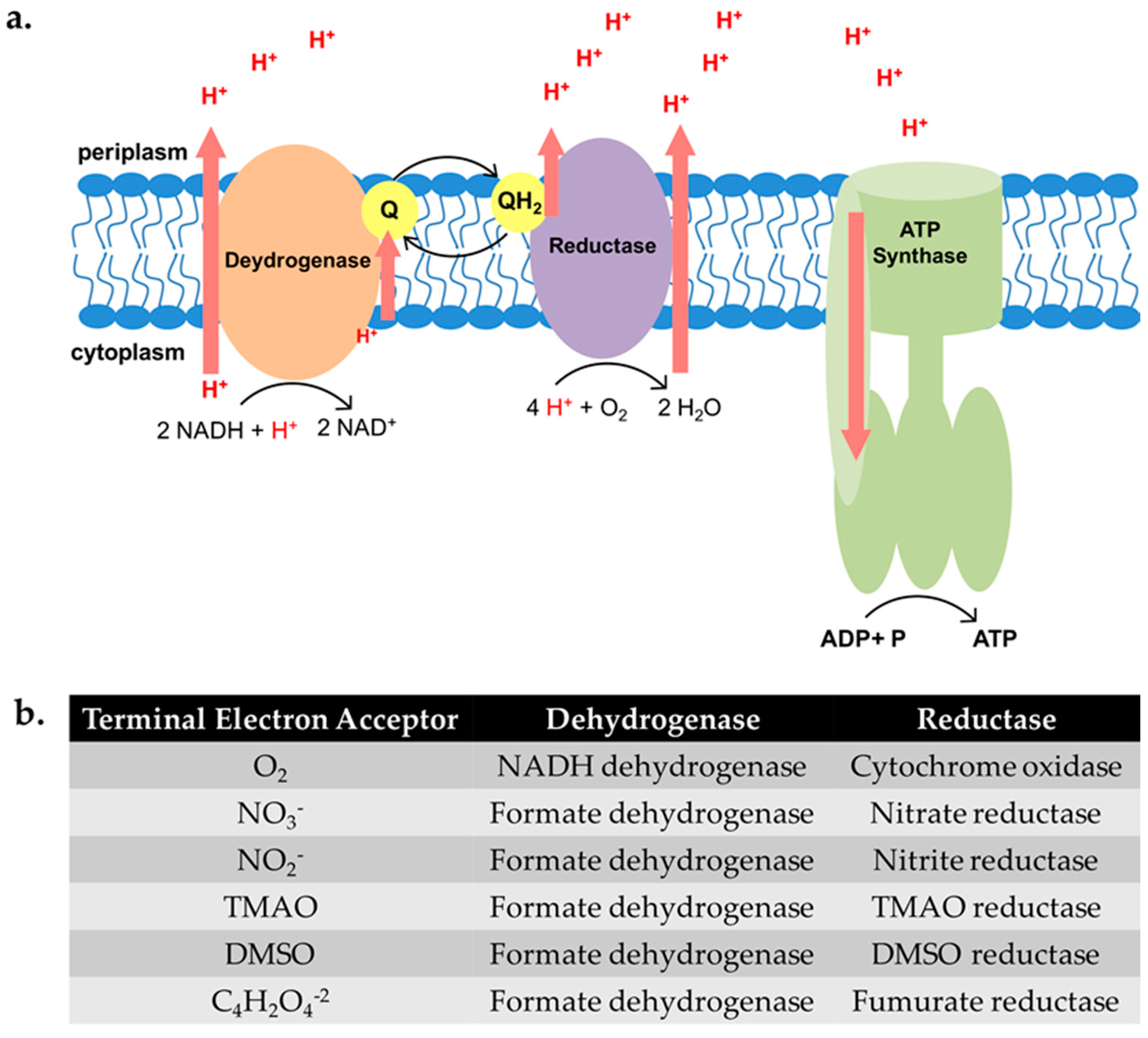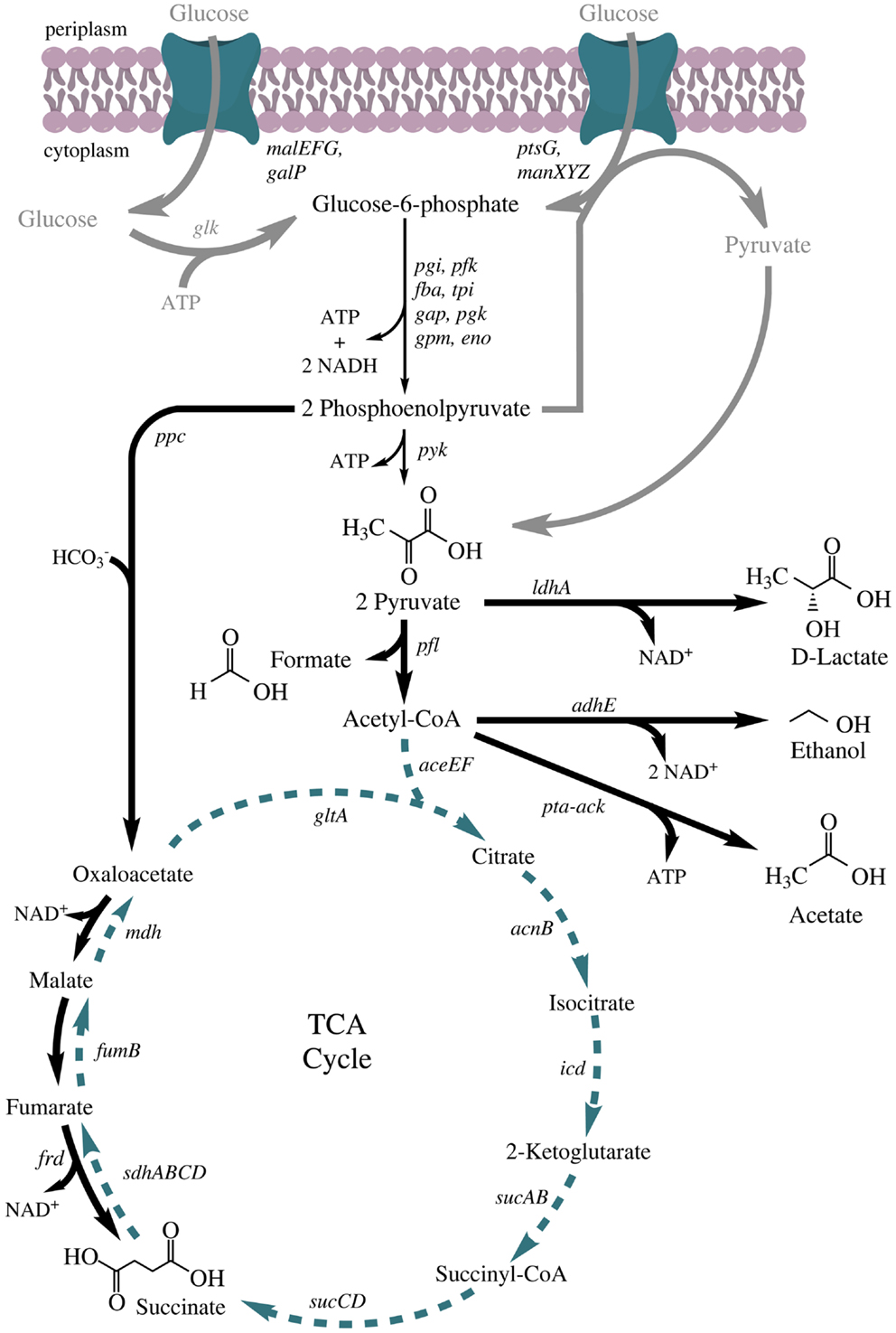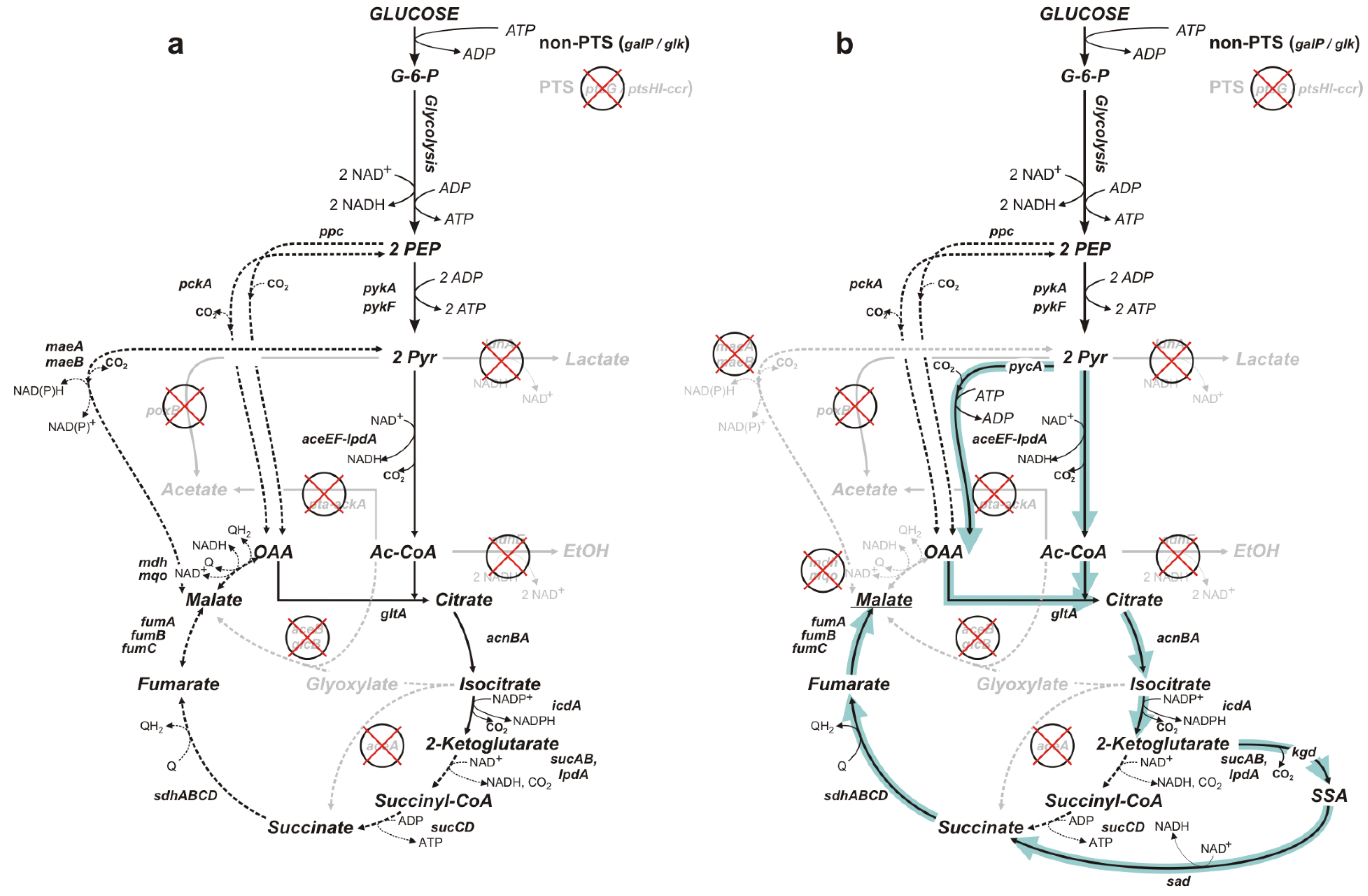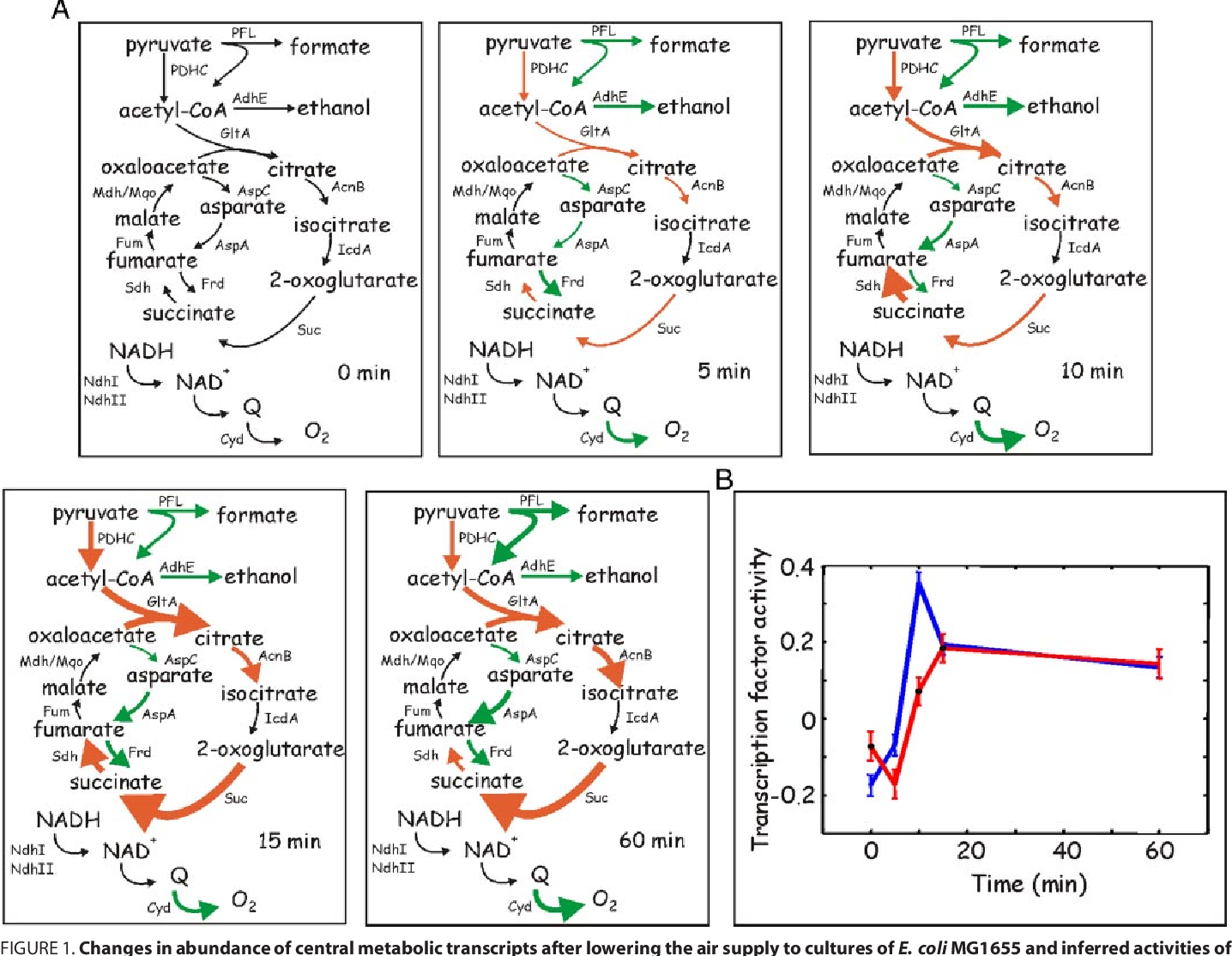Les bactéries gram-négatives Escherichia coli sont l'hôte commensal aérobie le plus fréquent du côlon. Certaines souches produisent de la diarrhée et toutes les souches.
Escherichia coli (E. coli) est une bactérie que l’on trouve couramment dans le tube digestif de l’être humain et des organismes à sang chaud. La plupart.
Here, a multi-level analysis of the aerobic respiratory chain of E. coli was performed to find correlations between gene transcription, enzyme activity, growth dynamics,.
E. coli was engineered to produce fumaric acid from glucose under aerobic conditions. • Fermentation-deficient strain with modified glucose transport was used as a.
Les suspensions de bactéries lavées, provenant d'une culture de E. coli faite en aérobiose forcée, fermentent le glucose sans dégagement d'anhydride carbonique.
E. coli is able to grow aerobically by respiration and in the absence of O2 by anaerobic respiration with nitrate, nitrite, fumarate, dimethylsulfoxide and trimethylamine N-oxide as.
l'E.coli entéro-hémorragique qui entraîne des colites hémorragiques l'E.coli entéro-pathogène, responsable de gastro-entérites de l'enfant (qui ne touchent que les.
Escherichia coli est une bactérie responsable d'intoxications alimentaires collectives ou d'infections urinaires. Dans la majorité des cas, ces infections guérissent en quelques.
The aerobic respiratory chain of E. coli contains three enzymes that are known to generate a proton motive force: (i) the proton-pumping NADH:quinone.
Escherichia coli contains a versatile respiratory chain which oxidizes ten different electron donor substrates and transfers the electrons to terminal reductases or.
La bactérie E. coli peut être à l'origine d' infections urinaires (cystites). Celles-ci touchent surtout les femmes en raison de leur anatomie. En effet, chez la femme,.
Escherichia Coli ou E.coli est une bactérie naturellement présente dans l'intestin de l'Homme et de la plupart des mammifères. Loin d'être pathogène, elle compose environ.
Escherichia coli (E. coli) is a bacteria that is commonly found in the lower intestine of warm-blooded organisms. Most E.coli strains are harmless, but some can.










